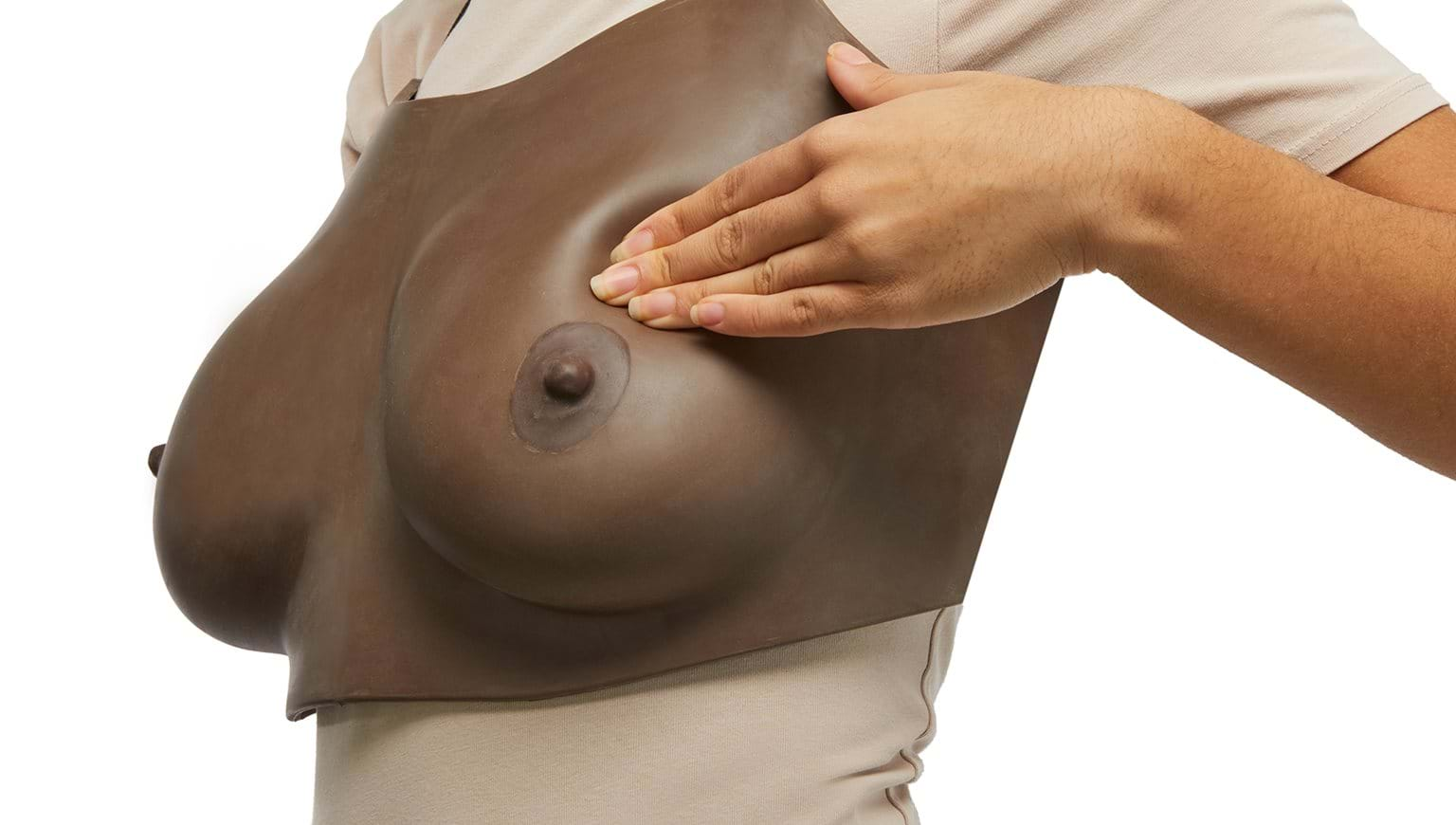News
Breast Cancer Awareness Month
01 October 2023
A look at the "facts" and stats around Breast Cancer.

The month of October brings thoughts of changing fall foliage, cooler days, apple picking, and pumpkin spice. But, from a healthcare perspective, October has been recognized as the month of breast cancer awareness for nearly 40 years. Beginning in the 1980’s, early detection and new treatment plans have increased survival rates of breast cancer patients, now “achieving survival probabilities of 90% or higher”.1
In 2021 the World Health Organization (WHO) reported that “breast cancer became the most common cancer globally…accounting for 12% of all new annual cancer cases worldwide.”1b The incidence of breast cancer has continued to decrease since 2000, but remains the most prevalent cancer globally. “In 2020, there were 2.3 million women diagnosed with breast cancer and 685,000 deaths.”1b
Since breast cancer awareness has grown over the past twenty years, women may feel like they know all there is to know, often believing myths about the disease. Some of these myths include:
You must have a family history of breast cancer to get it
- The truth is only “5-10% of breast cancers are believed to be hereditary.”1b
Antiperspirant causes breast cancer
- “There is no evidence of a link between antiperspirant use and breast cancer.”1b
Eating sweets causes breast cancer
- "There isn’t any evidence that excessive sugar consumption causes cancer.”1b
If I have a mammogram every year, they will find breast cancer early
- “Mammography does catch most breast cancers, though, and that’s why regular screenings are essential. But it’s also important to pay attention to any changes in your breasts, perform monthly breast self-exams, and have a physical examination of your breasts by a health professional every year.”1b
Breast cancer only happens to older women
- “In 2017, about 4% of invasive breast cancers were diagnosed in women under age 40…While 4% might sound small, it isn’t zero: This percentage means that one in every 25 invasive breast cancer cases occurred in women under 40.”1b
There is some good news: A recent “American Cancer Society (ACS) report finds that the death rate for breast cancer in the United States among women dropped 43% between 1989 when it peaked and 2020. During the last decade, death rates declined similarly for women of all racial/ethnic groups across the US except for American Indians/Alaska Natives (AIANs), who had stable rates.”3
However, there is also bad news related to the disparity of care. Black women “still have a 4% lower incidence rate of breast cancer than white women but a 40% higher breast cancer death rate.”3 The report stresses that disparities in care can be decreased through the expansion of high-quality screening and treatment options for black women who often lack access to care.
Recommended screenings are not the same around the world. In the USA, the American Cancer Society recommends the following:
- “Women ages 40 to 44 should have the choice to start annual breast cancer screening with mammograms (x-rays of the breast) if they wish to do so.
- Women ages 45 to 54 should get mammograms every year.
- Women 55 and older should switch to mammograms every 2 years or can continue yearly screening.
- Screening should continue as long as a woman is in good health and is expected to live 10 more years or longer.
- All women should be familiar with the known benefits, limitations, and potential harms linked to breast cancer screening.”2
In the UK, the National Health Service (NHS) states that “anyone registered with a GP as female will be invited for NHS breast screening every 3 years between the ages of 50 and 71”.3 Additionally, “UK guidelines recommend that women with a moderate or high risk of breast cancer because of their family history, should start having screening mammograms every year in their forties.”3b
In Australia, “BreastScreenAustralia provides a free mammogram screenings every 2 years for women over 40, and recommends continued screening for those aged 50-74 years”.4
While the screening strategies are different for each country, there is certainly no difference in the amount of research and consideration that goes into the decision made regarding breast cancer screening. At the center of each decision made is an individual. Every woman should discuss her wishes for screening with her healthcare provider. For an interesting perspective on managing risk from a research perspective, click here.
Ways to reduce the risk of developing breast cancer, as seen in observational studies include increasing physical activity, adequate folate intake, a Mediterranean diet, a normal BMI (in postmenopausal women), and decreasing alcohol consumption.4
At Limbs & Things, we provide realistic light and dark skin teaching models that can aid in the early detection of cancer or other diseases. We salute all who have gone through or are currently going through breast cancer treatment or are survivors of this devastating disease. If you would like to know more about our range of breast exam products, don’t hesitate to reach out to Customer Services or your regional representative.
1 WHO Breast Cancer Fact Sheet
1b Breast Cancer Facts and Statistics


